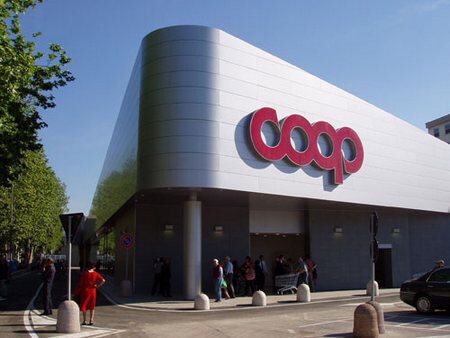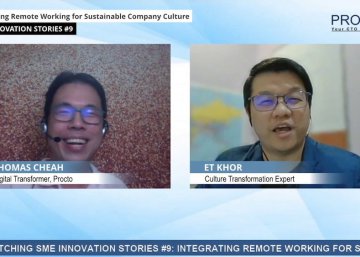 I came across this interview that was done by McKinsey with Coop Centrale CEO, Massimo Bongiovanni, as he explained IT’s role in the future of retailing. Cooperative Consumers Coop, better known as Coop, was Italy’s first retailer to embrace hypermarkets, in the 1980s, and then began opening even bigger superstore venues while expanding its offerings to include insurance and banking services, electricity, and prescription drugs. Throughout this expansion, Coop sought innovative ways to support its strategy with technology. The original interview can be found at Mckinsey Quarterly website.
I came across this interview that was done by McKinsey with Coop Centrale CEO, Massimo Bongiovanni, as he explained IT’s role in the future of retailing. Cooperative Consumers Coop, better known as Coop, was Italy’s first retailer to embrace hypermarkets, in the 1980s, and then began opening even bigger superstore venues while expanding its offerings to include insurance and banking services, electricity, and prescription drugs. Throughout this expansion, Coop sought innovative ways to support its strategy with technology. The original interview can be found at Mckinsey Quarterly website.
The visionary
I think it is an asset to Coop Centrale to have a visionary CEO like Massimo with a great understanding on how practical application of technology to achieve his vision. He has a close pulse on the market behavior, good understanding on changing customer requirements, “Traditional customer categories are now blurring across hypermarkets, discount stores, and superstores. We see the same customers shopping across all our store formats – something that did not happen in the past.” While at the same time, he has a good grasp on technology to formulate innovative business models that will catch up with these market changes to remain competitive, “We also need a business model that allows us to show customers new prices and products very frequently, on a weekly or even a daily basis. Electronic labeling enables us to customize the information we provide to customers – improving the display and accessibility of products.”
It’s not the technology. It’s the people!
As I always said to my clients that the key of effective technology application is not the technology itself, but the people and process behind it. The people and process are what your business is made up. You should find technologies that support them instead of tweaking your process to suit the technologies. As Massimo nicely put it, “The challenge isn’t really the technology itself but its application to business. Can people across the organization – and particularly our customers – use the technology? So the key is transforming technology into a business enabler.” Based on my experience, tweaking your business process to suit a particular technology will allow result in more redundant process (or shadow process), creating more overhead and inefficiencies.
Bringing vision to life
I was in Europe several months ago for holiday. I was impressed by their innovation of self-scanning checkout counter. Not so much about the technology itself (I don’t think there is anything high tech here), but it is the way they innovate the process to reduce the manpower required, but most important of all, it cut down the waiting time of customers to checkout their items. To me, that is really putting technology into practical use. I can imagine that the implementation was pretty straightforward, but the ongoing observations and feedbacks are the key to success here, “We continually asked these questions and adjusted the technology and training for our employees, as well as the messaging to our customers. Eight years ago, only 1 customer out of 100 was scanning her own purchases. Nowadays, around 50 percent of our customers use self-scanning. It was a really gradual process to get there.” Massimo understood there is always resistance to change, but he advised that we should constantly looking for ways to bring the vision to life in tangible ways via piloting and prototyping.
Nevertheless, I think their achievement on this is merely tip of the iceberg. Although improving the customer experience seems to be the obvious goal, but I believe this is just a stepping stone to their greater goals. Massimo said, “Consumers are much less loyal to retailers and more selective about what they want. So technology will play a role in how we attract customers and maintain their loyalty.” Identifying customers while they checkout their items will allow the company to track their customers buying patterns, and actively engage them to provide compelling experiences and relevant offers that will give new reasons for coming to the stores.
Work with people outside your industry
I like his advice that he shared to encourage more visionary and innovative leaders, “I encourage managers to travel and observe what others are doing, looking at our own industry and especially at other industries, both in Italy and in other countries. We study restaurants, bookstores, and electronics stores – all places where consumers look not just for products but also for entertainment and emotional engagement.” That’s one of the reasons why I think putting my money in traveling is well invested. What I always said is don’t just look for people who are in your industry to work with you. Yes, they may understand better your industry and how your business work, but they may just think like everybody else in your industry. A lot of new ideas are inspired by existing innovations that is replicated or adapted from other industries.


